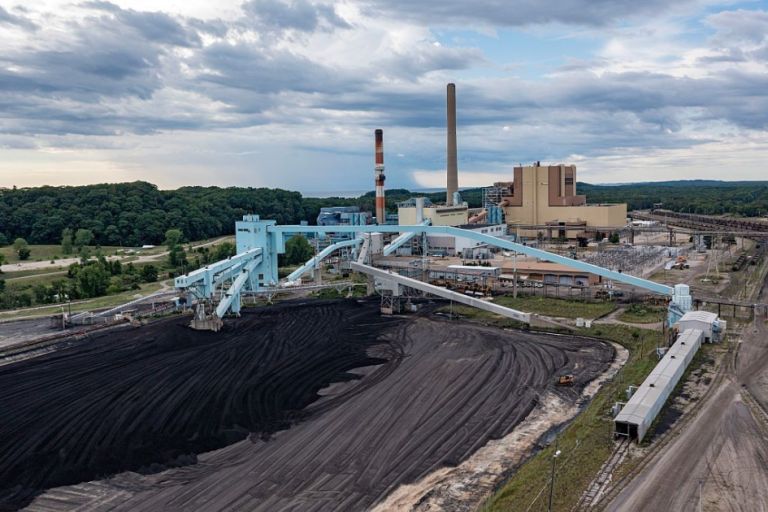
The states that would be hit the hardest are those with a higher number of aging and costly power plants set to close and be replaced with cheaper and cleaner resources — most notably California, Texas, and Colorado.
“We have a system that keeps the lights on. It’s not perfect. But we don’t need DOE blundering in to prop up old, clunky, polluting, and expensive power plants,” said Earthjustice attorney Michael Lenoff, who is leading the nonprofit group’s litigation against the DOE on its J.H. Campbell plant stay-open order. “People are going to feel the harm from DOE abusing its authority, not just in their lungs and in their water, but in their wallets.”
Real-world costs could climb even higher, Goggin said. Grid Strategies based its estimates on comparable data from so-called “reliability must-run” (RMR) contracts — emergency actions that grid operators take in extreme circumstances when they need money-losing power plants to stay open to stabilize the grid. But that data might not account for the full costs.
Consumers Energy, the utility that owns the J.H. Campbell coal plant, reported in late July that it had cost $29 million to operate the plant in the first five weeks of the DOE’s stay-open order, due to the additional expense of extending the long-planned closure date — more than RMR contracts would have suggested.
Using that data point, “if DOE were to extend the Campbell order beyond 90 days and this cost trend were to persist, that would translate to $279 million in annual cost,” Goggin wrote — “almost exactly twice our estimate.”
Goggin also pointed out that the DOE’s indiscriminate use of Section 202(c) authority risks creating a “perverse incentive” for power plant owners to announce plant retirements in the hopes that the DOE will order the plants to stay open and give them a subsidy to keep operating. “Today there’s a process to guard against that — these plants are heavily regulated by state regulators and by wholesale markets,” he said.
To calculate the potential costs of that scenario, Grid Strategies counted up 36 power plants with a collective 31.4 gigawatts of capacity that are 60 years old or older — an age at which they are more likely to be retired. If all of those power plants announced retirement but were then forced to stay open by the DOE, the annual costs to Americans by 2028 could nearly double from the report’s base case to $5.9 billion, he said.
Grid Strategies’ report comes one week before the end of DOE’s 90-day order for the J.H. Campbell plant to stay open, Lenoff noted.
“This is a reality check,” he said. “We can’t go forward pushing an ideological agenda, or choosing preferred resources that the market has dictated can’t compete anymore.”
Great Job Jeff St. John & the Team @ Canary Media Source link for sharing this story.